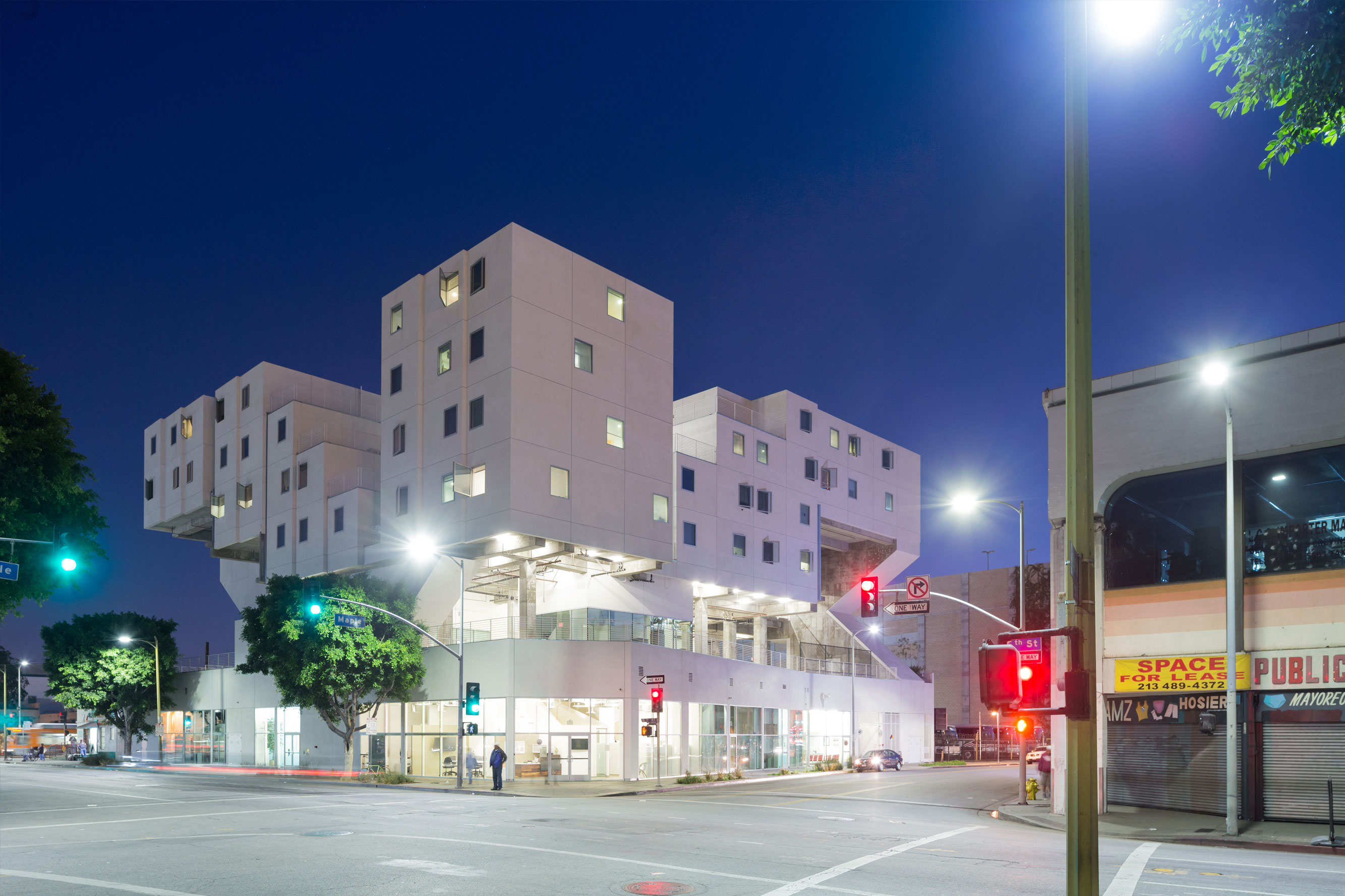MICHAEL MALTZAN /
FROM SOCIAL TRANSPARENCY
Reducing the presence of those things we usually call “architecture” demands that we return to what is most effective about architecture and the way it frames social relationships.
Housing is often thought of as a very specific part of the discipline of architecture, having its own forms of technical knowledge and its own particularities of building code and economies. But at the same time, going all the way back to the very beginnings of modernism, housing has historically been one of the most expansive typologies within the field, witnessing a type of progress that goes well beyond technical and functional challenges, and in fact represents culture and society at the most profound levels. It manifests an incredible complexity of architectural ideas, touching on social, economic, political, aesthetic, and urban questions. For that reason, our office doesn’t think about housing as separate from the rest of what we do. On the contrary, we are intensely interested in how housing reinforces our other work, as well as how the other work fuels our thinking about housing, so that housing becomes a deeply integrated and influential part of our practice.
In Los Angeles, where we are based, the relationship between housing and the city at large is still emerging. Los Angeles is for the most part a city that grew up after World War II. And like most postwar suburban settlements across the United States, it is primarily made up of of single-family housing. From the air, if you squint, the vast carpet of freestanding houses can seem to add up to one big housing project. But on the ground, the city’s psychology is still very suburban, very much about the individual. But like a lot of contemporary cities, Los Angeles—which covers more area than most cities in the world—is now becoming more and more dense;andapartment buildings and condominiums, forms we have to understand as collective housing, are becoming increasingly prevalent. While this is partially owing toa steady influx of new residents,it is also the case that sprawl has begun to hit its topographical and practical limits in terms of the city’s sheer extension. As Los Angeles evolves in ways that the single-family-house model doesn’t easily sustain, the city’s social and cultural interests are starting to take on a more collective and connected character. This has also challenged architecture, because a limited range ofexisting housing types offers few productive models to depend on or refer to.
I had wanted to design housing for a long time and never had the chance to. Not much housing was actually being done in Southern California, and most of the developers doing housing weren’t interested in hiring architecture offices like mine. When I was in school, housing studios were a core part of architectural education, as they are here at Columbia, and those studios were influential—not only in terms of housing as a design problem,but also in terms of architectural history. We were rediscovering modernism at the time, and it was eye-opening to see how housing had been a source of seemingly endless experimentation: housing projects were structural projects, conceptual projects, planning projects, and spatial projects all at once. I believed, maybe naively, that housing was something an architect inevitably did. When we finally had the opportunity to do that kind of project, we came to grips with the real lack of interesting prototypes in our own city. That forced me, in the positive sense, to go back to what I learned as a student about housing and its relationship to modernism, and what fascinated me most was the fact that housing was the essential typology of modernism.
Originally published in Social Transparency: Projects on Housing (Columbia Books on Architecture and the City, 2016)

